Strategy: Teaching Behavior Expectations
Check-Up Menu > Teaching Behavior Expectations
An expectation is a globally stated standard of conduct that is composed of positive characteristics that lead to success. It is important to teach students specific behaviors that represent these broader important expectations. Examples include “Be Respectful, Be Responsible, Be Kind, Be Safe, and Excel.” Think of behavior expectations as guidelines for success.
Students enter school with many different experiences. Therefore, it is important not to assume students will understand what being respectful (or other socially important constructs) look like in the context of the classroom without being taught, much like we teach students to read and write.
How To

Strategy Tool
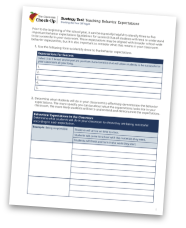
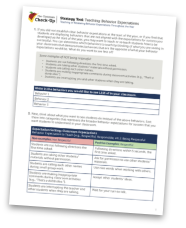
Reflection
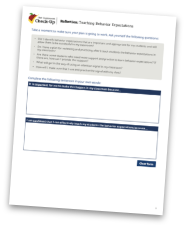
Goal Setting
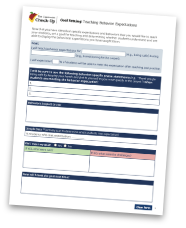
References to Other Relevant Resources:
Sprick, R. (2009). CHAMPS: A proactive and positive approach to classroom management. Eugene, OR: Pacific Northwest Publishing.
Reinke, W., Herman, K., & Sprick, R. (2011). Motivational interviewing for effective classroom management: The classroom check-up. New York, NY: The Guilford Press.


